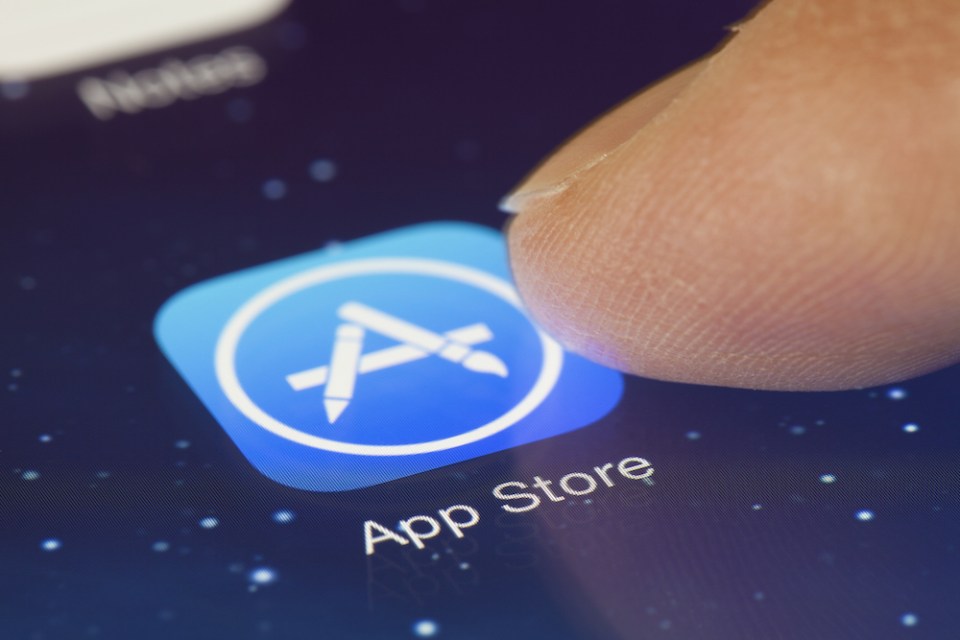
What does it mean to be mobile-first? It depends on who you ask. If you spoke with a creative agency, they would say it’s an approach to planning, UX design and development that puts handheld devices at the forefront. If you asked a large media company, they might say it means shifting their mindset from traditional distribution channels like print, TV and even desktop to reach audiences wherever they are, on their mobile screens.
But if you asked a mobile-native company like Square, Uber, Supercell or Waze what it meant to be mobile-first, they would probably look at you quizzically, and say, Is there any other way to be? That’s because these companies were born of mobile, and they could not exist without it. Their customer is a mobile user, their value is wrapped up in the very nature of the mobile device (features, functionality, UX), and their entire business model relies solely upon it.
And for many of these companies, there was a distinct advantage that they enjoyed by being mobile-first. If you look at Fortune’s 2016 “Unicorn List,” a significant percentage of billion-dollar privately-held companies are mobile-natives, including fantasy sports apps like FanDuel and Draft Kings, social media apps Kik and NextDoor, and the music-oriented Shazam, Spotify and Pandora.
However, while these are the forerunners of the mobile-first publishers and developers, there is an entire generation of media companies that also fall into that category who might not (yet) be unicorns but are seeing massive success in a very short period of time. We are fortunate to work with many of these companies: in one capacity, as their performance advertising partner, helping them achieve their user-acquisition goals. And with others, we are the platform on which they monetize their app and receive revenue from ad placements.
In both capacities, we have a view into which apps are attracting new users and rising in the rankings, and which ones are retaining and engaging users, too.
We identified the most promising apps we’ve seen emerge on our platform during Q3 and share top rankings here, by session time and stickiness (MAU/DAU).
The highlights:
- Wattpad, an app that fosters a writing community of 45 million users who upload articles, original stories, fan fiction and poems, has the highest average session time among the group. (Read more about Wattpad here.)
- Panda Pop is just one of the games created by Jam City (formerly SGN), an LA-based company that has several other top-grossing titles such as Cookie Jam, Juice Jam and Panda Jam.
- PewDiePie, the YouTube star with nearly 50M subscribers, recently launched a YouTube Simulator game, and it had one of the highest “stickiness” level (ratio of daily active users to monthly users).
- The highest stickiness level came from WeatherBug, most likely due to its obvious daily utility to users. While there are millions of apps available in the app stores today, with incredible features and capabilities, checking the weather is still one of the top daily activities of mobile users.
Other publishers – whether they are “mobile-first” or traditional media companies – can learn from the success of these app brands. The way they are building strong user bases and continuing to provide value to their users makes them stand out among other apps, and it is why they stood out to us as the next generation of media companies.